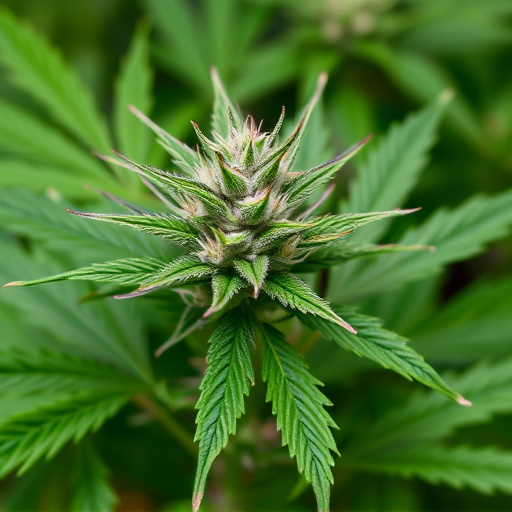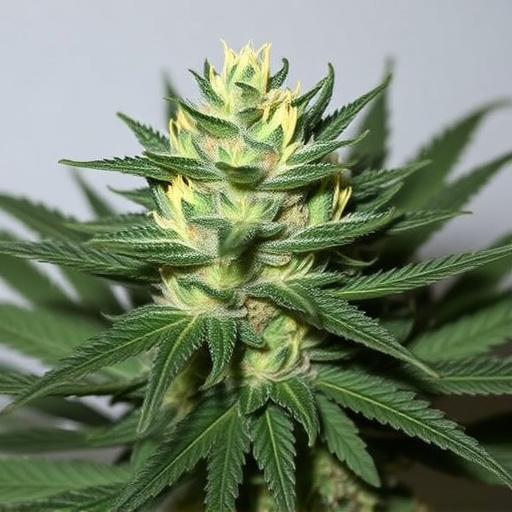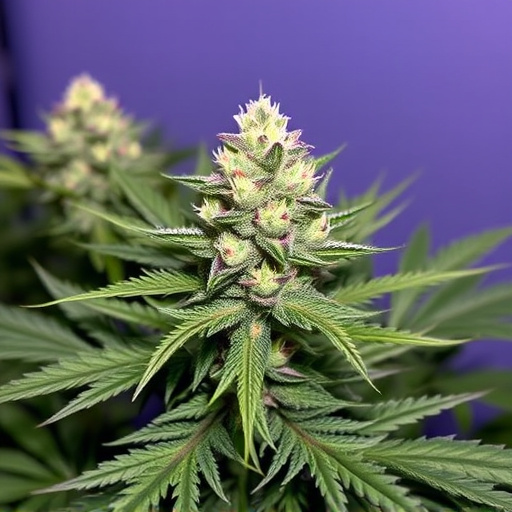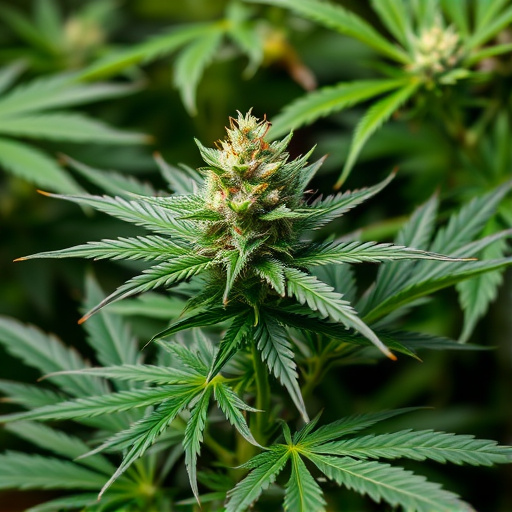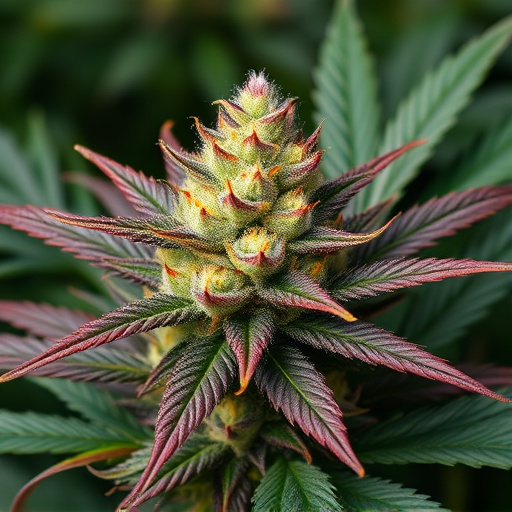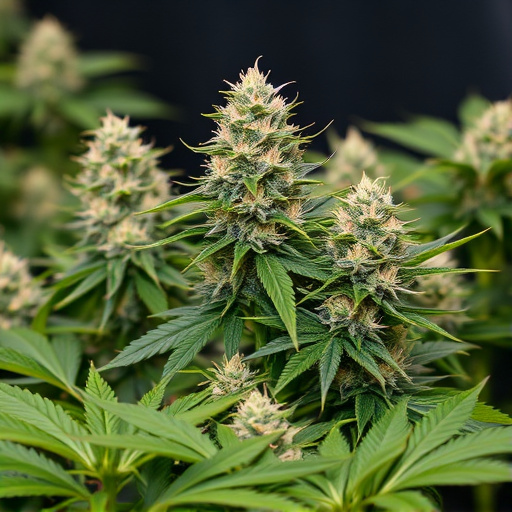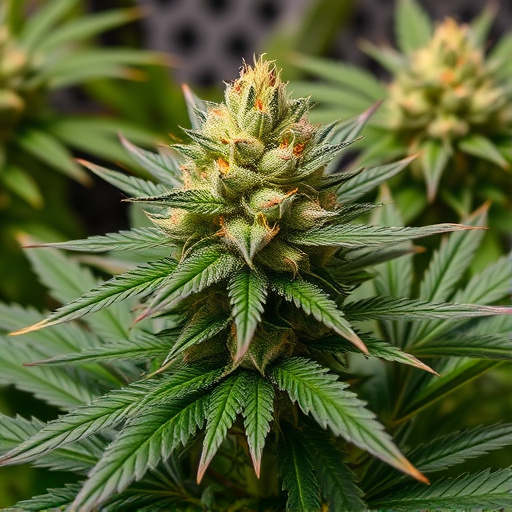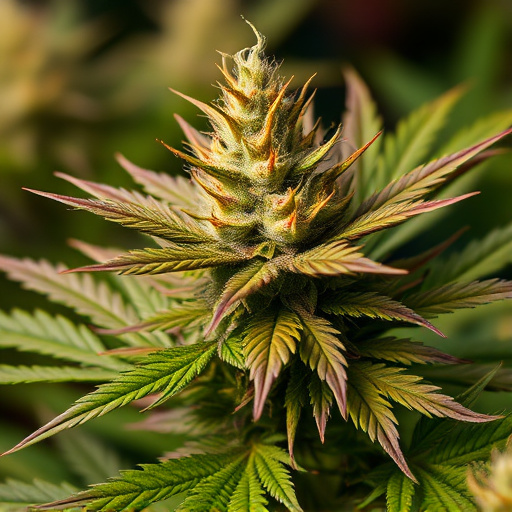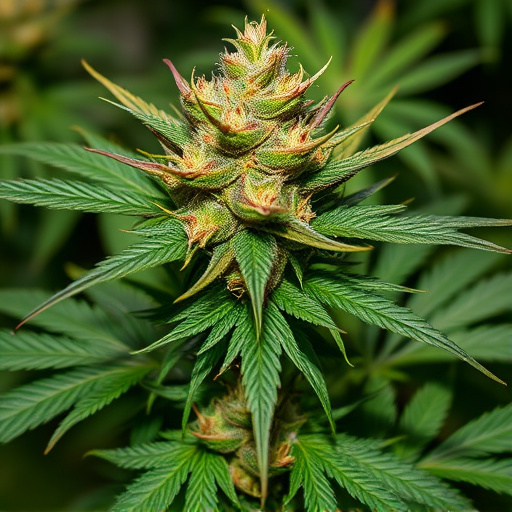Evaluating trichomes is vital for determining the quality and maturity of modern cannabis strains. These microscopic structures indicate plant ripeness, potency, and compound profiles by producing essential oils, terpenes, and cannabinoids like THC and CBD. Growers can optimize harvest timing using microscopes or sensors to analyze trichome appearance, size, and density, ensuring top-tier product for a competitive market where understanding trichome development is key.
“Unlocking the secrets of trichomes is a vital step in ensuring top-quality cannabis harvests. This comprehensive guide will walk you through the art of checking trichomes, offering insights into the newest strains of cannabis. From understanding these tiny glands to mastering visual inspection and analyzing composition, you’ll learn how to pinpoint the perfect harvesting time for optimal potency and flavor. Discover the key to enhancing your cannabis cultivation with this essential practice.”
- Understanding Trichomes: The Key to Harvesting and Quality Assessment
- Visual Inspection: Identifying Mature Trichomes in Different Cannabis Strains
- Extracting Data: Analyzing Trichome Composition for Optimal Harvesting Time
Understanding Trichomes: The Key to Harvesting and Quality Assessment

Understanding Trichomes is fundamental for anyone looking to assess the quality and readiness of their harvest, especially with the latest strains of cannabis on the market. These tiny hair-like structures, known as trichomes, are a key indicator of the plant’s maturity and the potency of its compounds. They produce and contain essential oils, terpenes, and cannabinoids like THC and CBD, making them vital to the overall quality and therapeutic potential of the final product.
By examining the appearance and density of trichomes under a magnifying glass or microscope, growers can make informed decisions about when to harvest. Healthy trichomes should appear clear or slightly milky, with a sticky substance called resin covering their surfaces. The most potent cannabis tends to have thick, viscous trichomes that are heavy with valuable compounds. This knowledge empowers cultivators to ensure they’re harvesting at the optimal time, maximizing both yield and quality, especially when cultivating high-demand, top-tier strains.
Visual Inspection: Identifying Mature Trichomes in Different Cannabis Strains
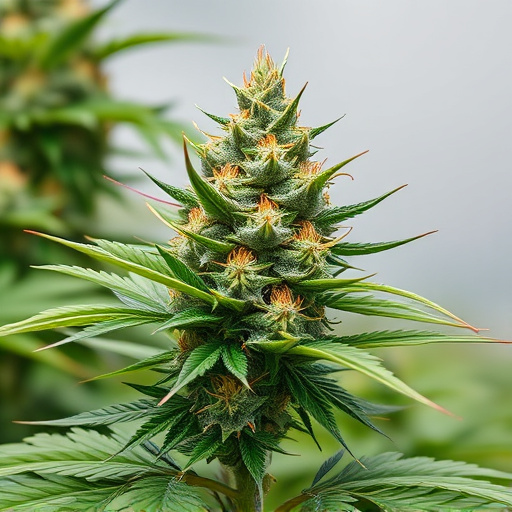
When evaluating cannabis plants for harvesting, a key visual inspection involves identifying mature trichomes—the small, glandular hairs that produce essential oils and terpenes. In the newest strains of cannabis, these trichomes can vary greatly in appearance depending on the specific strain. Some common indicators include color changes, from clear to milky or amber, as well as an increase in size and stickiness.
Different cannabis strains have unique maturity timelines, so it’s crucial to know when each strain’s trichomes are ready. For example, Indica strains often mature faster than Sativas, with some Indicas showing ripe trichomes around 6-7 weeks into the flowering period. Knowing these visual cues allows cultivators to time their harvests perfectly, ensuring optimal quality and potency for consumers who rely on the latest cannabis strains available.
Extracting Data: Analyzing Trichome Composition for Optimal Harvesting Time
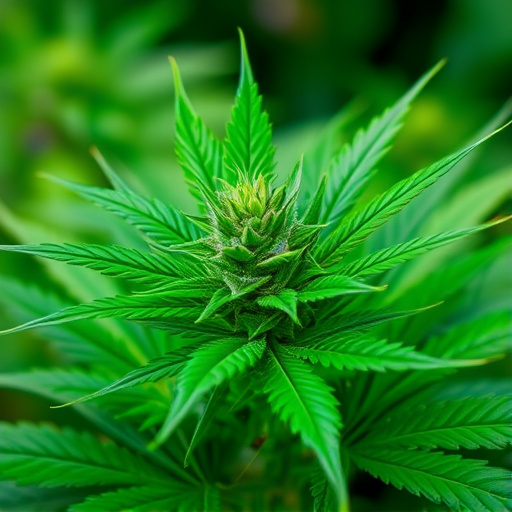
In today’s evolving landscape of cannabis cultivation, understanding the intricate details of trichome development is a game-changer for growers aiming to produce top-quality buds. The newest strains of cannabis offer a wide array of flavors and effects, but maximizing these attributes requires precise timing during the harvest process. One of the key indicators is analyzing the trichome composition, which provides valuable insights into the plant’s maturity and potency.
By examining the trichomes under a microscope or using advanced sensors, growers can extract data on terpene profiles and cannabinoid concentrations. This data allows them to identify the optimal time to harvest, ensuring that the cannabis flowers are neither too green (lacking desired compounds) nor overly mature (potentially losing their unique characteristics). Early detection of these changes enables cultivators to make informed decisions, resulting in a more consistent and desirable product for consumers across the market.
When cultivating the newest strains of cannabis, mastering the art of trichome inspection is vital. By understanding and utilizing visual assessment techniques and analyzing trichome composition, growers can ensure optimal harvesting times, resulting in high-quality products. This meticulous process allows for the extraction of valuable data, enabling cannabis enthusiasts to enjoy superior flavors, aromas, and effects. With these insights, you’ll be equipped to confidently navigate the intricate world of cannabis cultivation and harvest like a pro.

